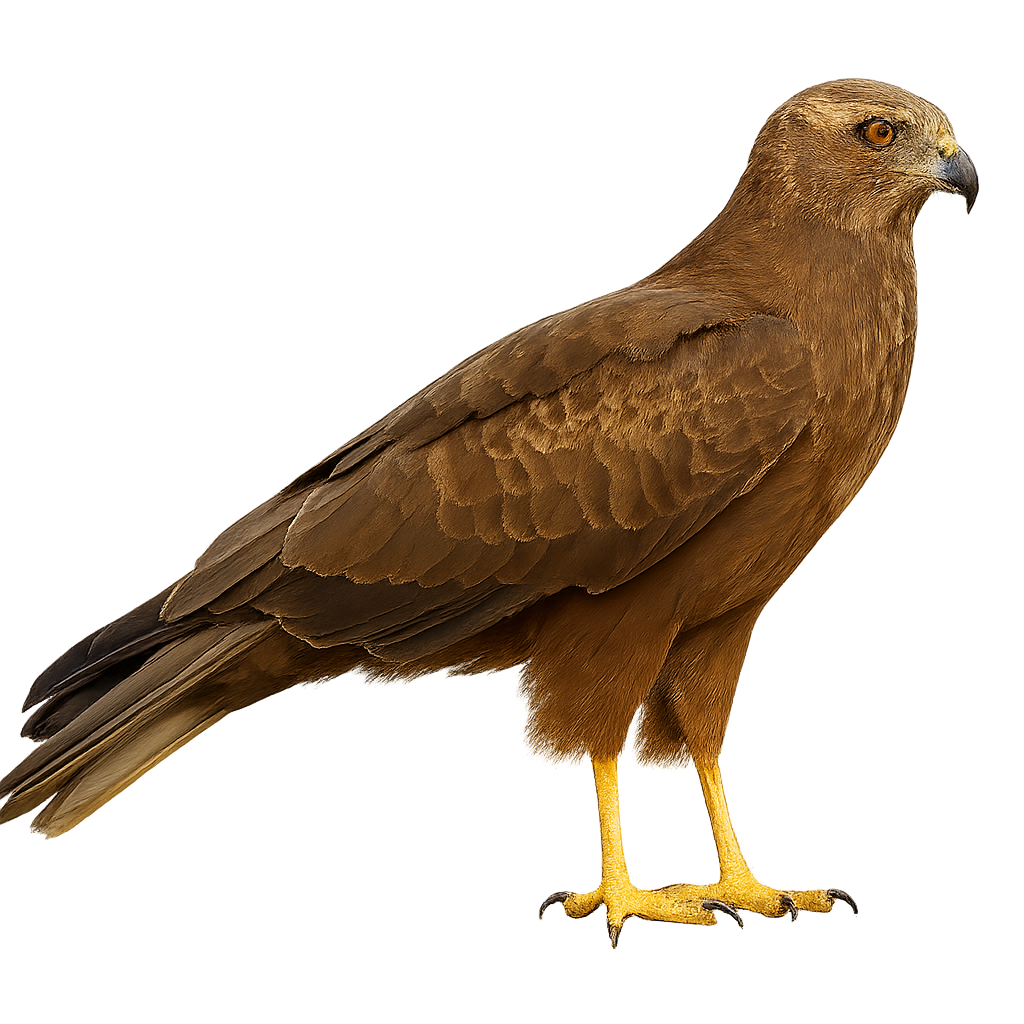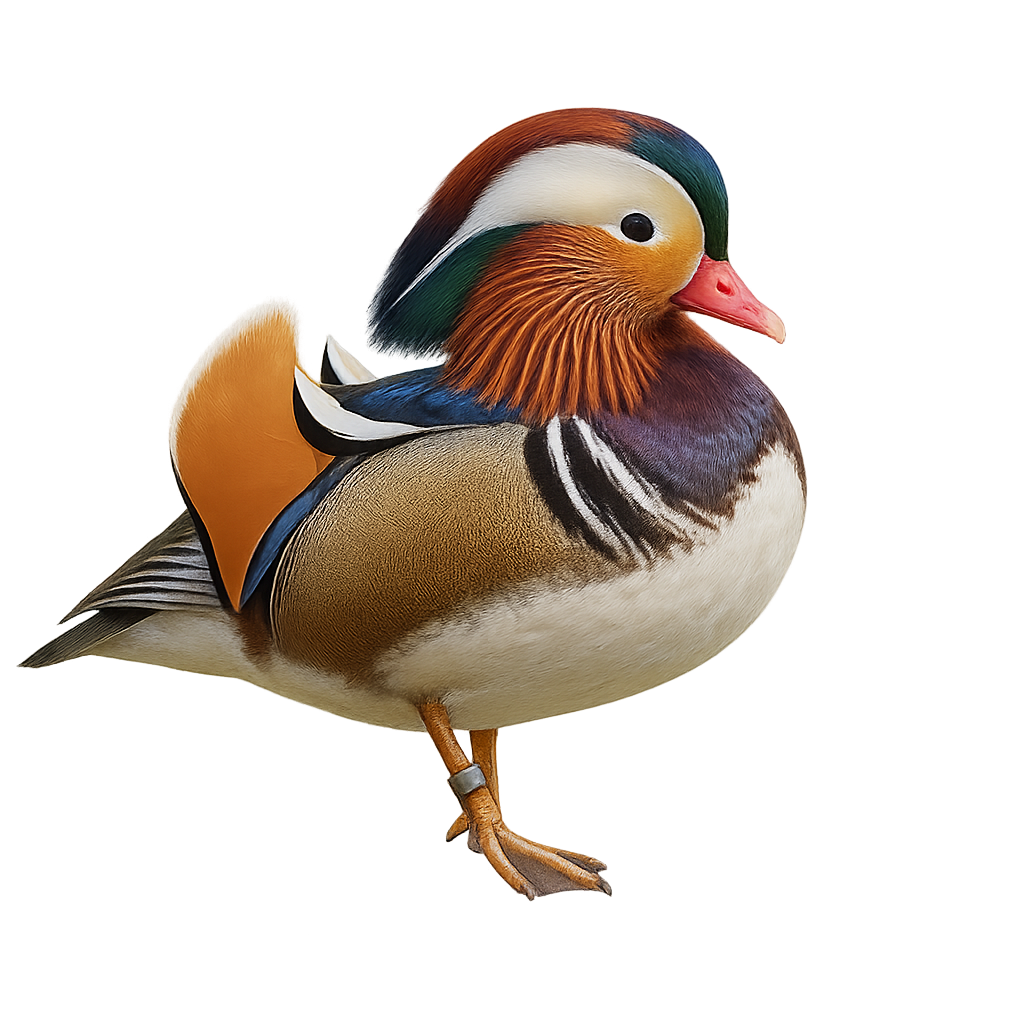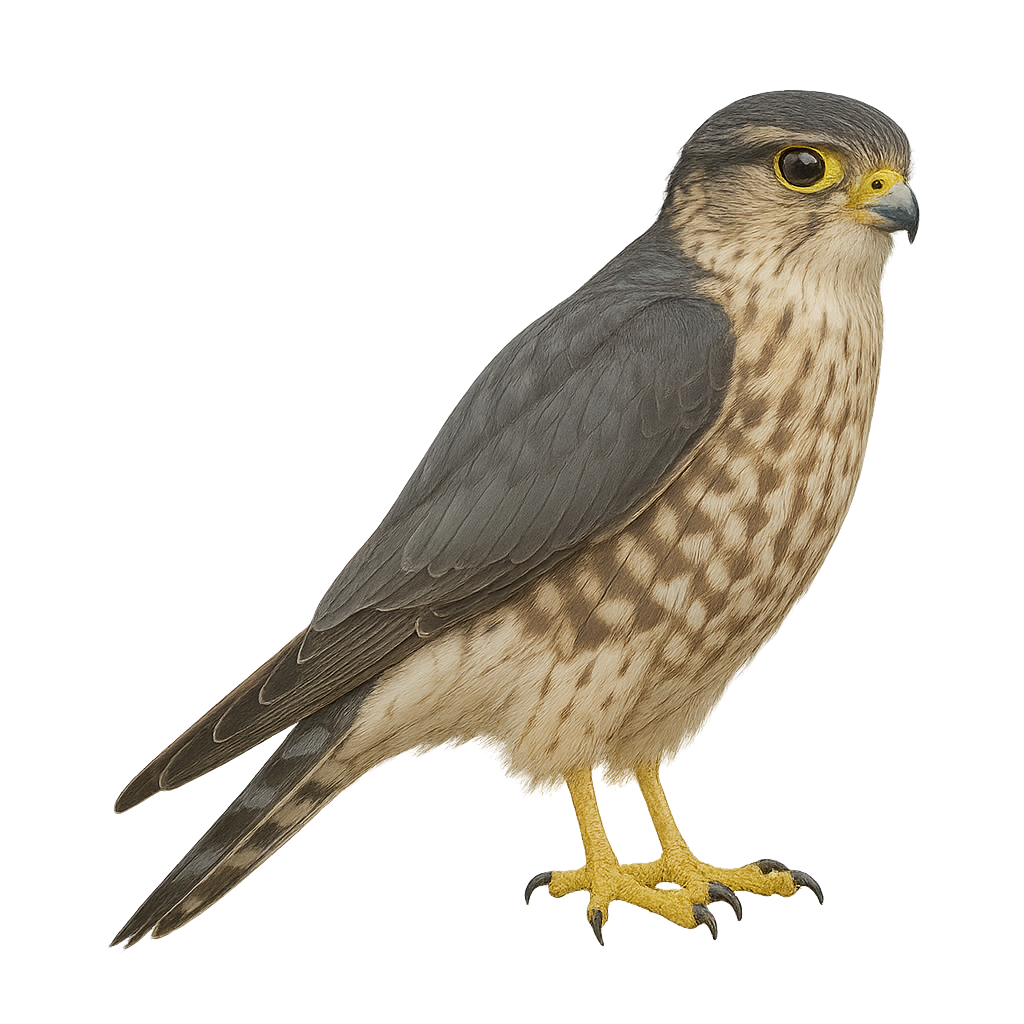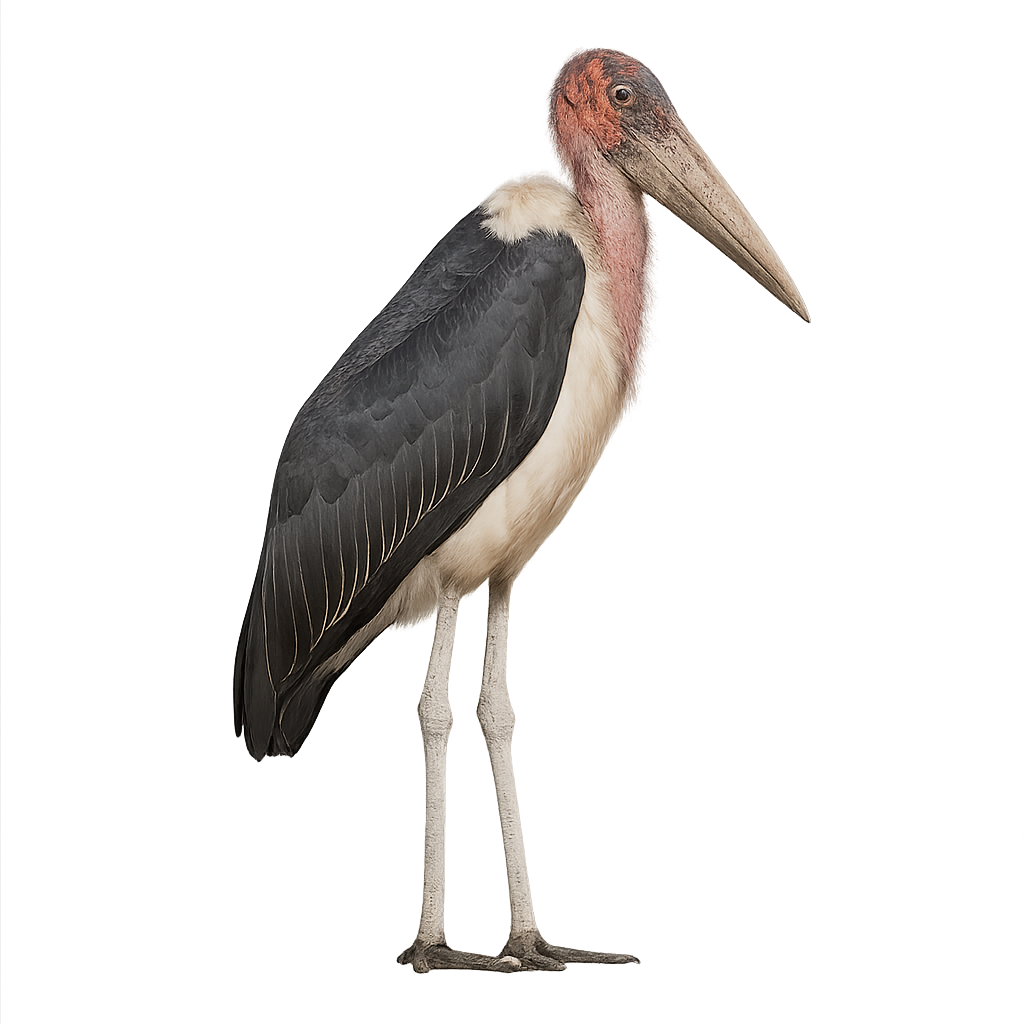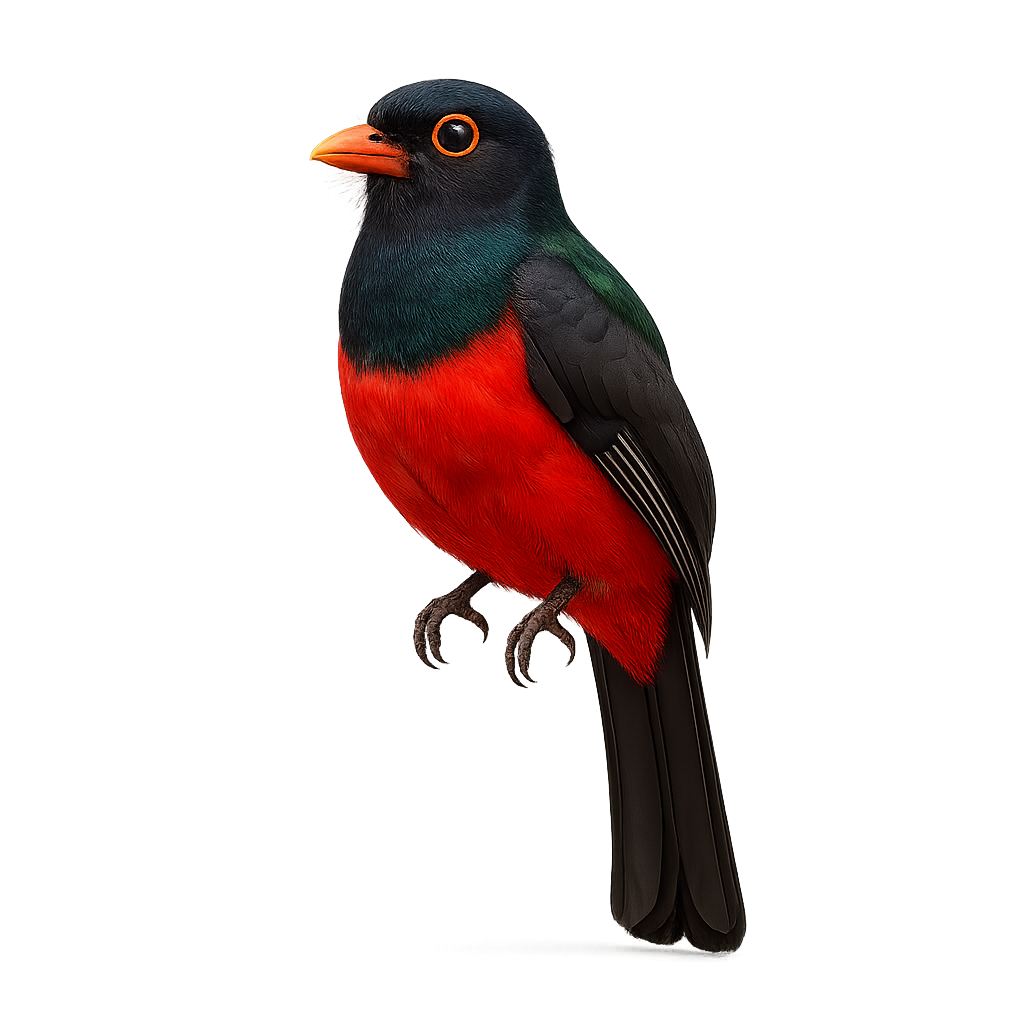Animal Species Profiles:
Mammals, Birds, Reptiles & More
Explore wildlife from around the world with the species profiles on WildlifePhotographer. Mammals, birds, reptiles… For each species, you’ll find key information such as habitat, observation periods, distribution, and photography tips. Want more details and advanced features? Download the full app for the complete experience.
Montagu's Harrier
Circus pygargus
Montagu's Harrier is a medium-sized diurnal raptor, easily recognizable by its light gray plumage on the top and white underside, as well as its long, narrow wings and light flight. It primarily inhabits open areas such as grasslands, cultivated fields, and steppe regions, where it hunts small mammals, birds, and insects. This raptor flies low over the ground searching for prey, often gliding or making wide circles.
Montagu's Harrier is particularly active during the breeding months, where it can be seen flying in pairs, sometimes forming small colonies. Migratory, it leaves its breeding grounds in Europe to head to North Africa during the winter. While its population is declining in some areas due to habitat loss and intensified agriculture, conservation efforts are underway to stabilize its numbers.
Marsh Harrier
Circus aeruginosus
The Marsh Harrier is a medium-sized raptor, easily recognized by its brownish-green plumage and slender build. It primarily inhabits wetlands, marshes, and reed beds in Europe, Asia, and North Africa. This diurnal bird hunts small mammals, birds, and insects, which it captures by flying low over the reeds or circling slowly.
The Marsh Harrier is particularly active in spring and summer during the breeding season. Males and females often fly in tandem, searching for food to feed their young. Migratory, it leaves its breeding grounds in Europe to head to North Africa during the winter. While its population remains relatively stable in some areas, the Marsh Harrier faces threats related to habitat loss and pollution in wetland areas.
Mandarin duck
Aix galericulata
The Mandarin Duck is a spectacular waterfowl, easily recognizable by its vibrant and colorful plumage, particularly in the male. The male displays an impressive mix of bright colors, including orange, blue, and green, with a distinctive crest on the head and feathers on the sides of the neck that resemble scales. The female, more subdued, has brown plumage with subtle white accents around the eyes and bill.
Native to East Asia, the Mandarin Duck is now widely distributed in Europe and North America, often seen in parks and gardens around bodies of water. This duck prefers calm waters in lakes, ponds, and rivers, where it feeds mainly on seeds, fruits, insects, and small crustaceans. Although the Mandarin Duck is not considered endangered, its natural habitat can be threatened by pollution and the loss of wetland areas.
Montezuma oropendola
Psarocolius montezuma
The Montezuma Oropendola is an exotic and colorful bird, easily recognizable by its vibrant plumage, which blends shades of black, yellow, and red. This large bird belongs to the Icteridae family and primarily inhabits the tropical forests and wooded areas of Mexico and Central America. It is especially famous for its long tail feathers, giving it a striking and elegant silhouette.
The Montezuma Oropendola is a social bird that lives in groups, often consisting of several individuals. It feeds primarily on fruits, seeds, and small insects, which it finds in trees and climbing plants. It is also known for its suspended nests, which it constructs with great skill in the trees. While its population remains generally stable, it may be threatened by deforestation and habitat loss.
Merlin
Falco columbarius
The Merlin is a small raptor, one of the fastest birds, easily recognizable by its compact plumage and vibrant colors. It measures between 28 and 34 cm in length, with a wingspan of 60 to 80 cm, and weighs between 150 and 250 g. The male has a blue-gray plumage on its back, with black wings and a head marked with black bands, while the female is generally larger and duller, with brownish hues. The Merlin is found primarily in Europe, Asia, and North America, where it inhabits a variety of habitats, from open areas such as meadows and agricultural zones to forests. This bird primarily feeds on smaller birds, small mammals, and insects. It hunts in flight, using its impressive speed to capture its prey. It is particularly known for its fast and agile aerial maneuvers. While the species is not endangered, it faces threats such as habitat loss, human disturbance, and the reduction of prey populations.
Marabou stork
Leptoptilos crumenifer
The African marabou is a large wading bird native to sub-Saharan Africa, easily recognized by its bare head, long neck, and mostly white plumage with black shades. It primarily lives in open areas near bodies of water, where it feeds on fish, dead animals, and waste. While it is not threatened, it is often associated with urban environments and can be seen in dumps. It is a solitary bird with a rather slow and discreet approach.
Middle Spotted Woodpecker
Dendrocopos medius
The Middle Spotted Woodpecker is a medium-sized bird from the woodpecker family, primarily found in deciduous and mixed forests of Europe and Asia. It measures about 23 to 26 cm in length, with a wingspan of 40 to 45 cm, and weighs between 60 and 100 g. Its plumage is primarily black and white, with a red head in males and a red patch on the nape in females. The Middle Spotted Woodpecker is an excellent climber, using its strong beak to dig into tree bark in search of insect larvae, ants, and small arthropods. It generally lives in older, less disturbed forests, but its population can be threatened by deforestation and the loss of its natural habitat.
Magpie
Pica pica
The magpie is a very social and intelligent bird found primarily in Europe, Asia, and North Africa. It is easily recognized by its black and white plumage, long beak, and long, pointed tail. The magpie is omnivorous, feeding on insects, small vertebrates, fruits, seeds, and even human scraps. It is also known for its curious nature and its habit of collecting shiny objects for its nest.
Massena's trogon
Trogon de Masséna
The Massena's Trogon is a colorful bird found primarily in the humid tropical forests and wooded areas of Central America, particularly in Costa Rica, Panama, and Nicaragua. It typically measures about 26 to 30 cm in length and weighs between 90 and 120 g. Its plumage is vibrantly colored, with a green and red body, a yellow chest, and a black head, giving it a distinct appearance. The Massena's Trogon primarily feeds on fruits, berries, and small insects that it finds in the trees. It is often observed perched on branches, where it moves calmly and discreetly. While its population remains stable in some areas, it is sometimes threatened by deforestation and the loss of its natural habitat.



